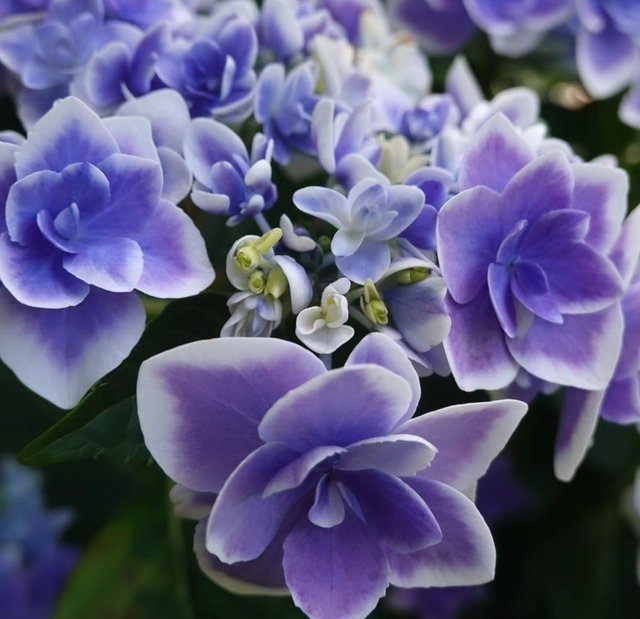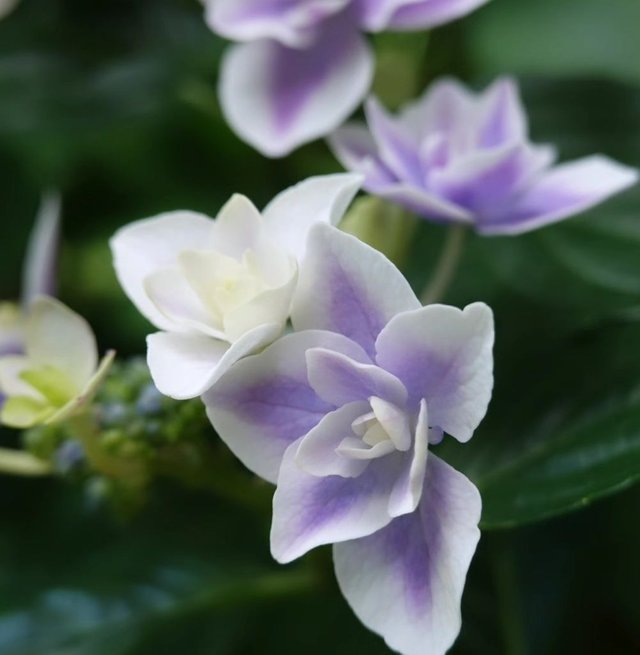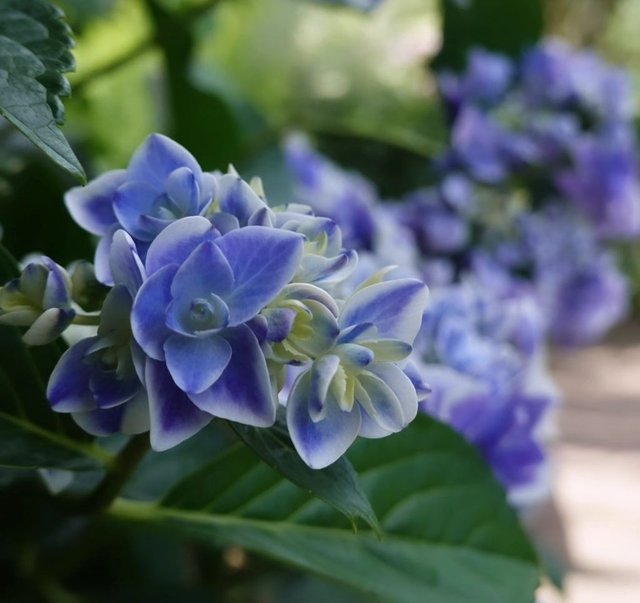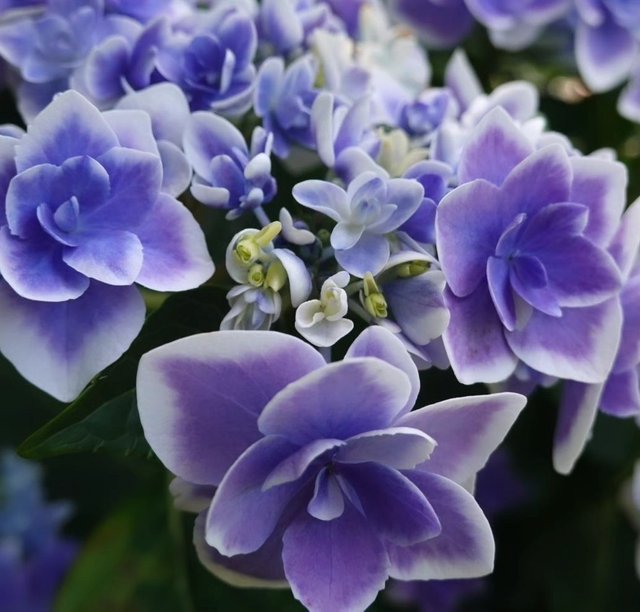Hydrangea Macrophylla So Beautiful Flower
Hydrangea macrophylla, commonly known as bigleaf hydrangea, is a popular flowering shrub known for its large, showy blooms and versatility in garden landscapes. Originating from Japan, this species of hydrangea has captured the hearts of gardeners worldwide due to its striking flowers, which can change color based on soil pH, and its ability to thrive in various climates.
Botanical Description
Hydrangea macrophylla is a deciduous shrub, typically growing to a height and width of about 3 to 6 feet, though some varieties can reach up to 10 feet. The plant is characterized by its large, glossy, serrated leaves, which provide a lush, green backdrop to the vibrant flowers. The blooms, which appear in late spring to early summer, are borne in large clusters known as corymbs. There are two main types of flower forms in H. macrophylla: mophead and lacecap.
Mophead Hydrangeas: These are the most recognized form, with large, round flower clusters that resemble pom-poms. Each cluster is composed of numerous sterile florets, creating a full, ball-like appearance.
Lacecap Hydrangeas: These have a flatter appearance, with a central cluster of small, fertile flowers surrounded by a ring of larger, sterile flowers. This gives them a delicate, lacy look.
Color Variation
One of the most fascinating aspects of Hydrangea macrophylla is its ability to change flower color based on soil pH. This unique characteristic makes it a favorite among gardeners looking to add a dynamic and interactive element to their gardens.
Acidic Soil: Produces blue flowers. The availability of aluminum in the soil, which is more soluble in acidic conditions, contributes to the blue pigmentation.
Neutral to Alkaline Soil: Produces pink flowers. In less acidic or more alkaline soils, aluminum is less available, resulting in pink blooms.
Gardeners can manipulate the soil pH by adding amendments. For bluer flowers, one can add sulfur or aluminum sulfate to the soil, while for pinker blooms, lime can be added to raise the pH.
Growing Conditions
Hydrangea macrophylla prefers a location with morning sun and afternoon shade, especially in hotter climates. This exposure helps protect the plant from the intense heat, which can cause leaf scorch and reduce flowering. The plant thrives in rich, well-drained soil with consistent moisture. Mulching around the base can help retain soil moisture and keep roots cool.




